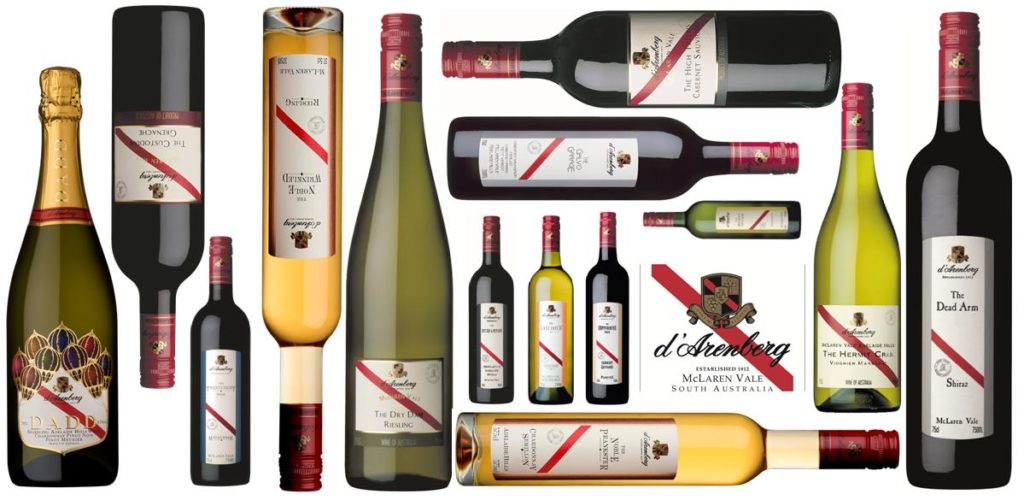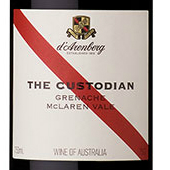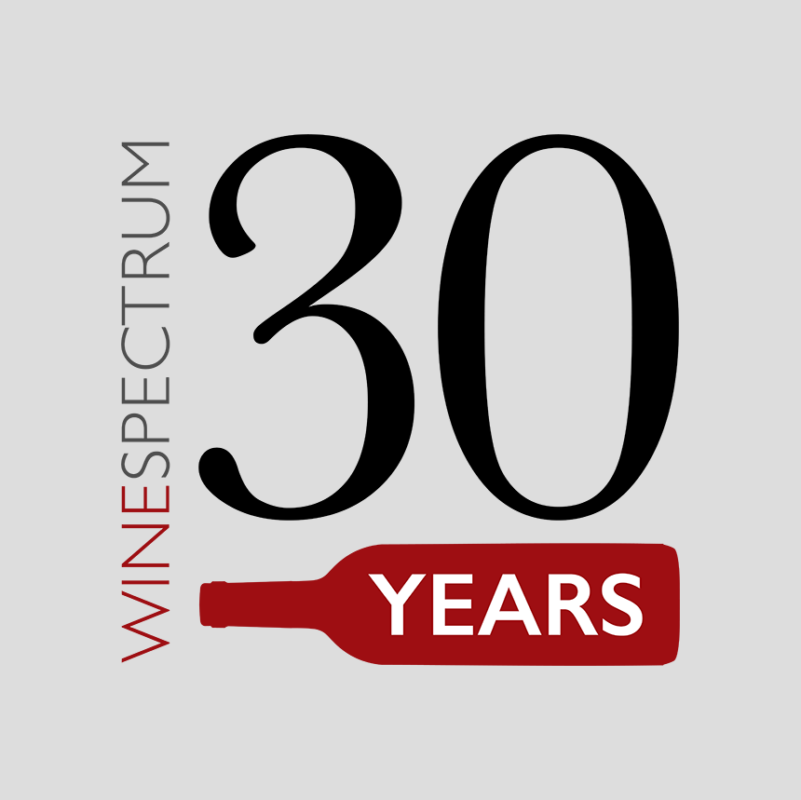Family History
One of the most significant wineries in McLaren Vale, d’Arenberg was established in 1912 when Joseph Osborn, a teetotaler and director of Thomas Hardy and Sons, sold his stable of prize winning horses to purchase the property that now houses the winery, cellar door and d’Arry’s Verandah Restaurant.
Joseph’s son Frank joined him on the land and they set about acquiring some more vineyards. Joseph Osborn died in 1921 leaving full control of the business to Frank.
In the early years grapes were sold to other wineries before the winery was built in 1927 shortly after Francis (universally known as d’Arry) Osborn was born.
Initially making fortified wines to export to England, the business prospered until World War II stifled demand. This coincided with Frank’s ill health which forced d’Arry to leave school in 1943 at age 16 to help his father run the business and work the land.
d’Arry took full control of the business in 1957 upon Frank’s death and in 1959 he launched his own wine label named in honour of his mother, Helena d’Arenberg, who died shortly after giving birth to him. d’Arry decided to put a red stripe on the label, inspired by happy memories of his school days at Prince Alfred College, where he wore the crimson-and-white striped school tie.
d’Arry’s son Chester joined the business in 1984 as Chief Winemaker and makes distinctive wines using traditional methods both in the vineyard and the winery.
Making Wine, the d’Arenberg Way
The Viticulture
Minimal input viticulture is employed across d’Arenberg owned, leased and contracted vineyards to ensure grape quality and environmental responsibility. This includes minimal or no irrigation, no soil cultivation, minimal spraying and most importantly, no fertilization.
This natural and environmentally friendly philosophy encourages strong root systems that penetrate multiple levels of soil which is reflected in lively tannin structures, soil characters and fine minerality.
These practices also ensure that yields are kept low with concentrated flavours and excellent natural acidity resulting.
The Winemaking
Walking the vineyard rows and tasting grapes, Chester Osborn classifies and determines the ideal picking time for each individual vineyard.
Small batches of grapes are gently crushed, then transferred to five tonne headed-down open fermenters, all batches remain separate until final blending. The red wines are foot trod two thirds of the way through fermentation, and then basket pressed.
d’Arenberg is the only winery in Australia to basket press both white wines as well as reds, making for a labour intensive process, but the quality of the results makes this worthwhile as the action is controlled and extremely gentle.
White wines are basket pressed before fermentation to ensure no colour or tannins are extracted from the skins, and the reds are pressed afterwards. After pressing, barrel fermented components are aged on lees to slow aging and keep the wine fresh, while also reducing oak influence.
Chester and the winemaking team undertake an extensive barrel tasting process to determine the final blend. There is no racking until the final blending, and the wines do not undertake fining or filtration prior to bottling.
2012 The Custodian Grenache
The Story Behind The Name
During the vine pull scheme of the early 1980’s d’Arry Osborn refused to touch his old Grenache vineyards. When his son Chester started in the business as Chief Winemaker in 1984 he set about acquiring more old vine Grenache grapes and vineyards at a time when it was considered un-fashionable. Today d’Arenberg is the keeper of nearly one third of McLaren Vale’s old bush vine Grenache and has earned the title of ‘Custodian’ of the variety.
The Characteristics
It can be hard to find a wine that will appeal to casual wine drinkers looking for something fruit driven and light on its feet, but also to more serious wine connoisseurs, who value subtle complexities and an ability to age. The 2012 Custodian offers just that with its pure fruit characters of mulberry, plum and blueberry complimented with a range of more savoury flavours, such as beetroot, cinnamon and nutmeg.
The palate, while displaying great depth, is medium bodied and svelte. It is defined by velvety tannins that turn slightly gritty towards the finish, guaranteeing the wine’s longevity.
2012 d’Arenberg ‘The Custodian’ Grenache, McLaren Vale
 James Halliday (The Australian Wine Companion) 94: Ah, how much is this wine worth when d’Arenberg has two ’12 Single Vineyard grenaches at $103 each? A more difficult question for the single vineyard wines than this, which is a drop-dead bargain, its fruit flavours given shape and persistence by fine grained, savoury/earthy tannins.
James Halliday (The Australian Wine Companion) 94: Ah, how much is this wine worth when d’Arenberg has two ’12 Single Vineyard grenaches at $103 each? A more difficult question for the single vineyard wines than this, which is a drop-dead bargain, its fruit flavours given shape and persistence by fine grained, savoury/earthy tannins.
Wine Advocate 90: Pale to medium ruby/purple, the 2012 The Custodian Grenache reveals aromas of crushed black raspberries and black cherries with roses and earth nuances. Medium to full-bodied, the palate ripe, silky and seductive palate finishes with good length.
It can be hard to find a wine that will appeal to casual wine drinkers looking for something fruit driven and light on its feet, but also to more serious wine connoisseurs, who value subtle complexities and an ability to age. The 2012 Custodian offers just that with its pure fruit characters of mulberry, plum and blueberry complimented with a range of more savoury flavours, such as beetroot, cinnamon and nutmeg. The palate, while displaying great depth, is medium bodied and svelte. It is defined by velvety tannins that turn slightly gritty towards the finish, guaranteeing the wine’s longevity. 100% Grenache.




